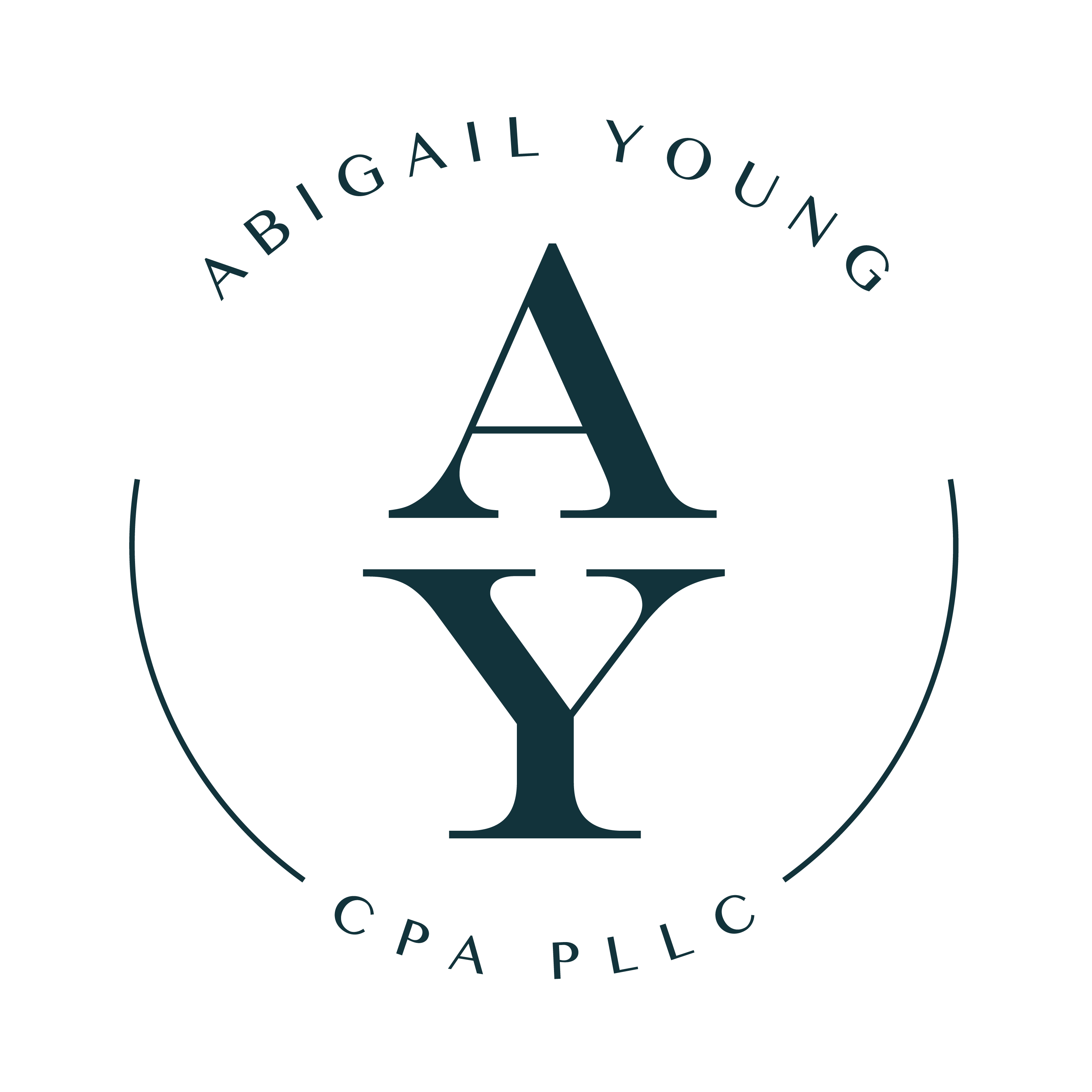Picking the Right Retirement Plan for You
If you have an employer-sponsored retirement plan, such as a 401(k), you have a good retirement savings foundation as these plans are generally easy, convenient, and rewarding to maintain. Contributions to your 401(k) plan are deducted from your paycheck, tax deductions are available up front, and annual contribution limits are sizeable.
But there is still a case to be made for an individual retirement account (IRA). An IRA savings account is designed to help you prepare for retirement while offering some tax advantages. With an IRA, you’ll also have the ability to save more for retirement and diversify your investment options.
[bctt tweet=”#MurrayCPA in #McAllen can help set up an #IRA savings account.” username=””]
However, the type of IRA that best suits your needs will depend on your income, filing status, and future estimated tax rate.
There are two types of IRA accounts: the traditional IRA and the Roth IRA. The traditional IRA route would be a stronger option for you if you expect your tax rate to be lower in retirement. In contrast, a Roth IRA would work in your favor if you expect your tax rate to be higher in retirement.
Deciding on the best course of action for your financial investments and retirement savings can be a daunting task. But you don’t have to handle your financial future alone. It’s wise to explore other retirement options to maximize your future savings; it’s also wise to seek outside professional help to achieve this goal.
An experienced McAllen CPA firm like Abigail Y. Murray, CPA, LLC. can help ensure that your savings and investments are well cared for.
Traditional IRAs:
With a traditional IRA, your contributions are tax deductible for federal and state tax returns. It is worth noting that by lowering your taxable income for the contribution year, your adjusted gross income is lowered, too.
This means you may qualify for other tax incentives that you would not have been eligible for otherwise. Instead, you pay taxes on the distributions you take in retirement or from withdrawals made prior to retirement. This applies to qualifying withdrawals of up to $10,000 made before the age of 59 ½.
While you will be exempt from the 10% early-withdrawal penalty for qualifying expenses such as first time home buyers, higher education, and unreimbursed medical expenses, you will still be required to pay taxes on the distribution.
Investment potential is not diverse when it comes to traditional IRAs. The types of assets that this type of account can hold is limited to publicly traded stocks, bonds, mutual funds, and bank CDs.
[bctt tweet=”#MurrayCPAtips: You will have to pay taxes on a #traditional #IRA after retirement” username=””]
Roth IRAs:
Tax advantages for a Roth IRA function differently than a traditional IRA. Tax breaks are not provided for contributions but withdrawals made in retirement are not taxed with Roth IRAs. Contributions – not earnings – can be withdrawn from a Roth IRA without having to pay penalty fees or taxes under the age of 59 ½.
Tax-free withdrawals of up to $10,000 can be made, too, for qualifying expenses, given that at least five tax years have passed since the first contribution on the account.
While investment assets are limited in traditional IRAs, Roth IRAs present the opportunity to invest in individual stocks, index funds, lifecycle funds, and other alternative investments.
Income Considerations and Limitations
There are no age limits for either type of retirement plan, though the same cannot be said for income limits and restrictions. In 2017, contribution limits for both Roth IRAs and traditional IRAs were $5,500 or $6,500 for those 50 and older.
But, consider that under traditional IRAs, anyone earning income under the age of 70 ½ can contribute to their retirement plan. Tax deductions on contributions will depend on income, marital status, and coverage via an employer-sponsored retirement plan. The IRS website offers plenty of details.
Reduce the stress of your financial planning by relying on the McAllen CPA professionals at Abigail Y. Murray, CPA, LLC.
Our experienced McAllen financial advisors will be able to provide you with guidance in determining which type of retirement account would best suit your needs.
Contact us today at (956) 800-5600 to begin your journey to a more prosperous and secure future.


